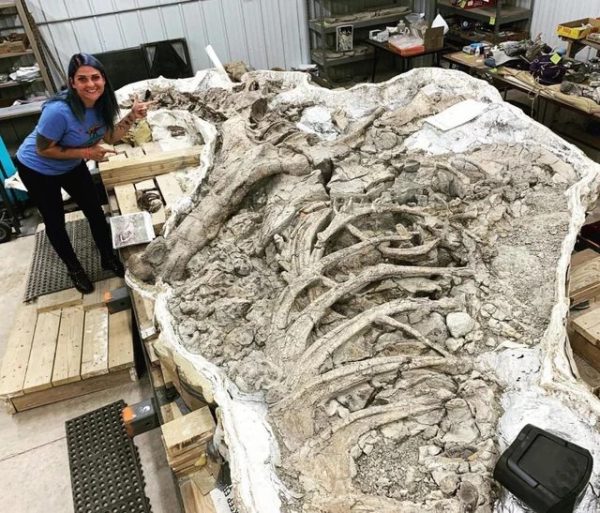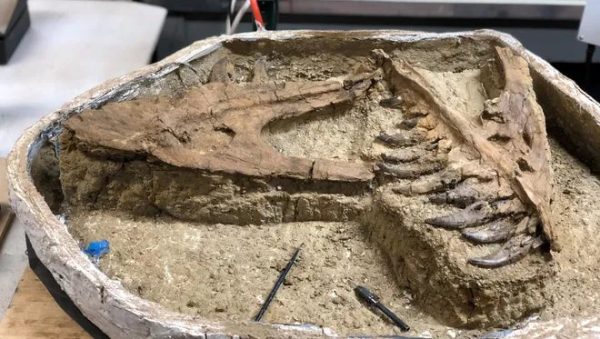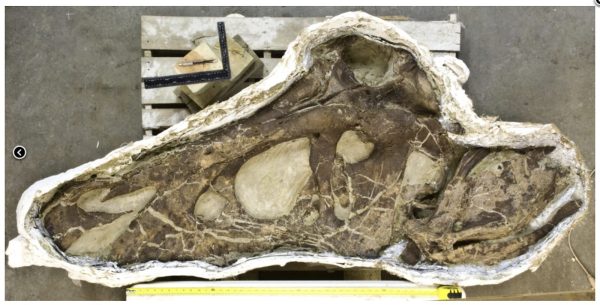Tyrannosaurus rex, often referred to as T. rex, stands as one of the most iconic and formidable dinosaurs to have ever walked the Earth. Here are 11 fascinating facts that offer a deeper understanding of this legendary predator from the Late Cretaceous Period, approximately 68 million years ago:

Name Origins: The name “Tyrannosaurus rex” originates from the Greek words “tyrannos” (tyrant) and “sauros” (lizard), coupled with the Latin word “rex” (king), collectively meaning “tyrant lizard king.”
Gargantuan Size: T. rex’s colossal dimensions made it one of the largest land predators ever recorded, boasting lengths of up to 40 feet and a weight reaching around 8 tons.

Massive Head: Dominating its physique, T. rex’s head accounted for about one-third of its total body length. It harbored an arsenal of 60 serrated teeth, each measuring up to a foot in length.
Formidable Bite Force: T. rex wielded the most potent bite force among all land animals, with an estimated strength exceeding 12,800 pounds per square inch—more than double that of a lion.

Small Arms: Despite its imposing stature, T. rex sported relatively small arms, approximately two feet in length. The function of these diminutive limbs remains a subject of speculation, with theories ranging from aiding in prey capture to other potential roles.
Keen Sense of Smell: T. rex’s well-developed sense of smell was evident in its proportionally large brain and a significant olfactory bulb, facilitating the processing of scents.

Scavenger and Predator: Displaying a versatile palate, T. rex engaged in both scavenging and active predation. While it likely scavenged on the remains of deceased animals, it also actively hunted live prey.
Habitat: T. rex’s stomping grounds were situated in what is now western North America, specifically during the Late Cretaceous period, spanning from approximately 100 million to 66 million years ago.
Lifespan: T. rex boasted a relatively lengthy lifespan of about 30 years, setting it apart from its dinosaur counterparts.

Pop Culture Icon: T. rex’s prominence extends beyond the realms of paleontology, as it has become a cultural icon featured in numerous movies, books, and television shows.
Abundance of Fossils: Paleontologists have uncovered over 20 nearly complete T. rex skeletons, marking a significant contribution to our understanding of this species and surpassing the number of fossils found for many other dinosaurs.

Tyrannosaurus rex continues to captivate our imagination, offering a window into the ancient world and the awe-inspiring diversity of prehistoric life.





